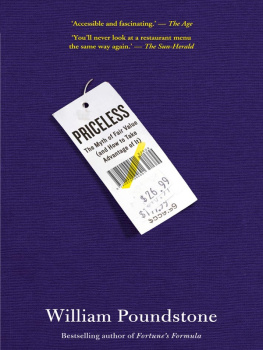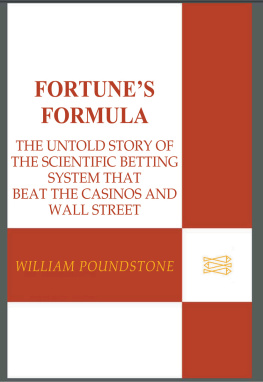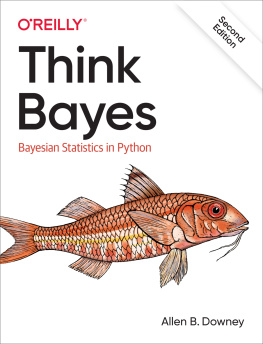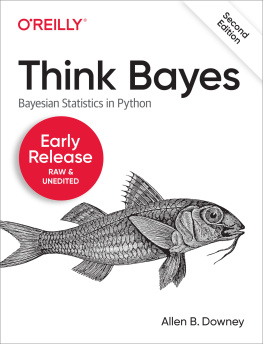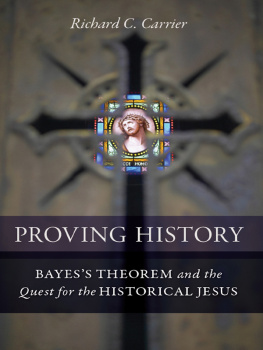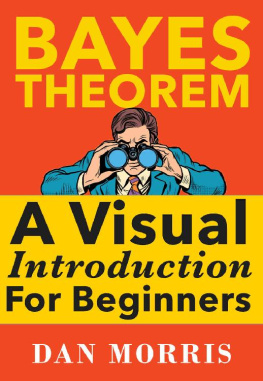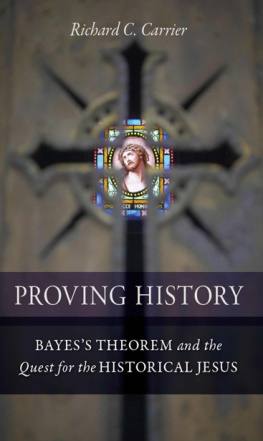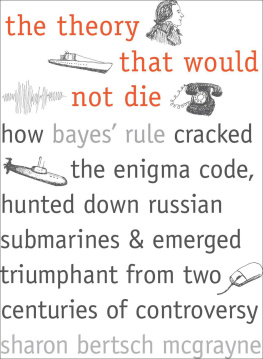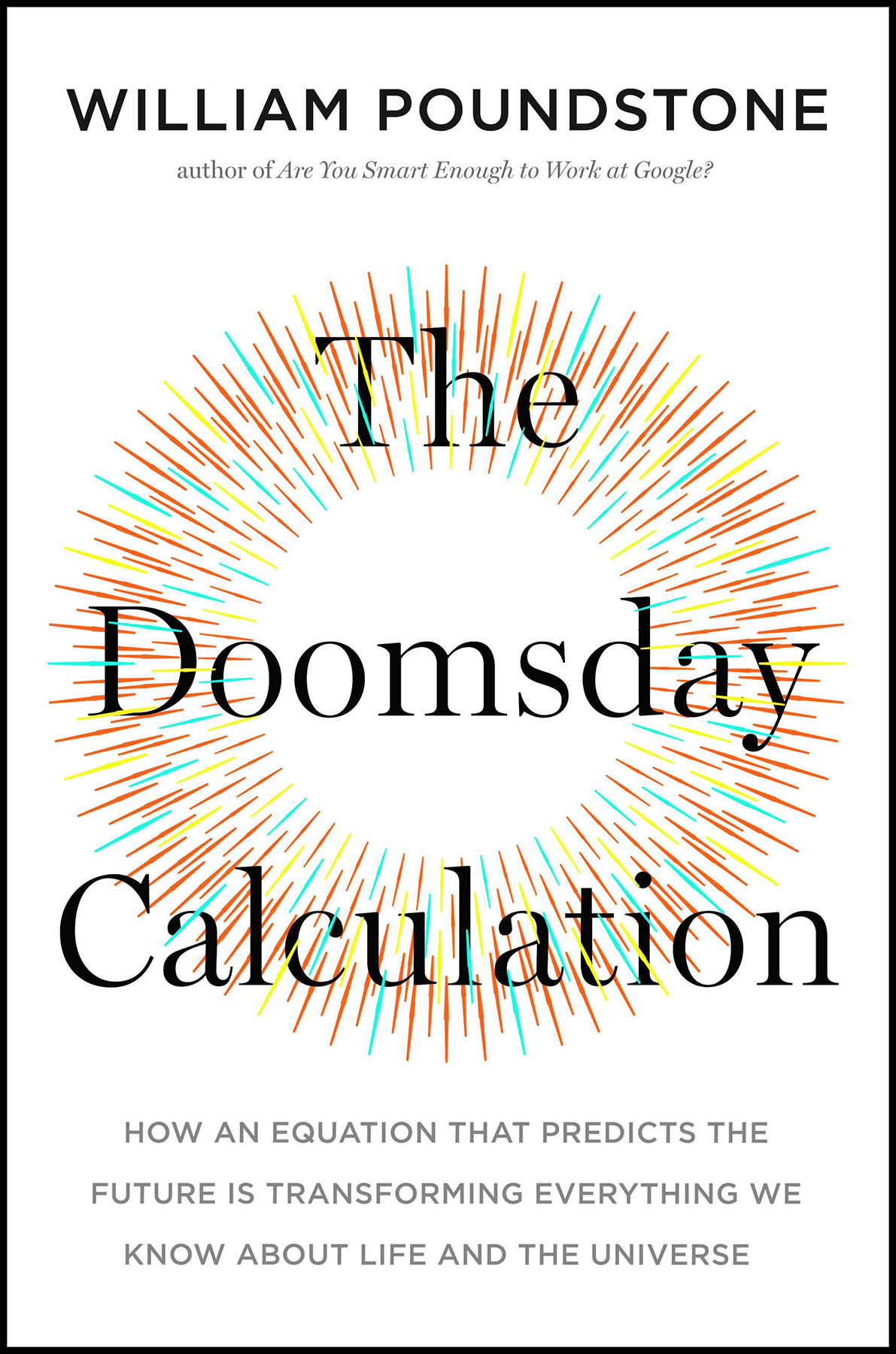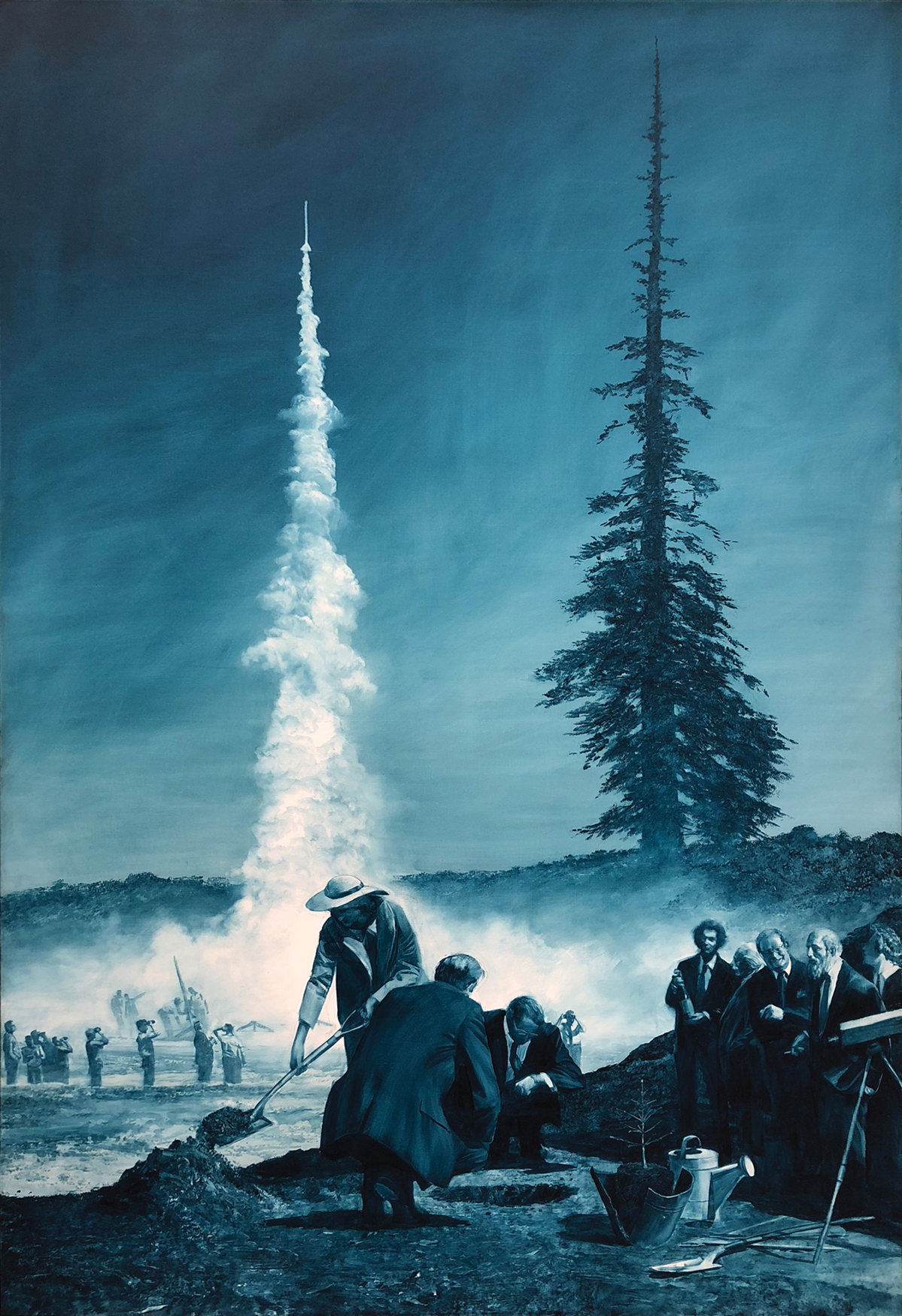D iana Spencer met Charles, Prince of Wales, at a garden party in 1977. The couple fell in love and, after due diligence by their families, wed at St. Pauls Cathedral in July 1981.
American artist Mark Tansey incorporated Diana in his 1986 painting Achilles and the Tortoise. She is shown planting a hemlock, a sapling version of the mature tree behind her. Diana was often photographed planting trees, among them an apple tree she planted in honor of Isaac Newton.
In 1993 Diana came to the attention of American astrophysicist J. Richard Gott III. Gott had devised a mathematical formula for predicting the future. He wanted to test it on a celebrity marriage, and he chose Charles and Dianas because a magazine reported they were the most famous couple of the time. Gotts formula predicted a 90 percent chance that the royal marriage would end in as little as 1.3 more years. At the time, a royal divorce was considered almost unthinkable.
In December 1995 Queen Elizabeth II, incensed by tabloid reports of the couples extramarital affairs, wrote a letter advising Charles and Diana to divorce. The split was formalized on August 28, 1996. The following year, on August 31, 1997, Diana had a champagne supper in Paris with her new romantic interest, film producer Dodi Fayed. After leaving the restaurant, Diana and Dodi were killed when their alcohol-impaired chauffeur challenged paparazzi to a street race.
Tanseys picture contains at least four other portraits. To the right of Diana is mathematician Mitchell Feigenbaum holding a bottle of champagne, whose bubbles epitomize chaos theory. Feigenbaum, a pioneer of that theory, demonstrated that many phenomena are fundamentally unpredictable. In 1996 he founded Numerix, a firm using Bayesian probability to price financial derivatives for the so-called rocket scientists of Wall Street.
To the right of Mitchell, though easily missed, is the familiar face of Albert Einstein, shown in profile. The speeding rocket and slow-growing hemlock allude to Einsteins thought experiments of racing trains and light beams, used to develop his theory of relativity. Standing in front of Einstein is Benoit Mandelbrot, the IBM mathematician who described the concept of fractals. The hemlock tree and rocket blast are fractals, complex shapes in which each part resembles the whole.
Zeno of Elea, a Greek philosopher whose features are known from ancient busts, dangles a cigarette. Zeno propounded the paradox of Achilles and the Tortoise. Swift Achilles challenges the Tortoise to a footrace. The Tortoise demands a head start. Whenever Achilles catches up to where the Tortoise was, he still has a little farther to go. Thus, Zeno argued, Achilles can never overtake the Tortoise. For Zenos followers, the paradox was proof that something is deeply wrong about our understanding of space, time, and reality.
This book tells the story of another mind-boggling idea, the doomsday argument. As advanced by Gott and other scholars, it is a mathematical scheme to predict how long the human race will survive. The idea seems incredible to almost everyone at first encounter, but as we will see, it is not easily dismissed. In the following chapters I will present the cases for and against this provocative idea and attempt to evaluate them. I will show how the type of reasoning used in the doomsday argument has many potential applications. The argument has caused bright people to reflect on our fragile existence, our hopes, and our obligation to future generationsand to reexamine the nature of evidence and the place of humans in the universe.
The end is near. Or not. The following chapters explore the doomsday argument, a simple line of reasoning that leads headlong to the conclusion that humanity does not have much time left. We meet the doomsayers and their critics and encounter such topics as the runs of Broadway plays, the populations of lemmings, and the riddle of Sleeping Beauty. We find that at least some doomsday calculations deserve to be taken seriously, and we assess our prospects .
S ix-year-old Helen Gregg, her nine-year-old sister, Frances, and their nine-year-old cousin, Ella Davies, never saw the atomic bomb that hit their playhouse. They were about six hundred feet away, in the South Carolina woods, on that bright spring day of March 11, 1958. The bomb was egg-shaped with stabilizing fins, a near-twin of the Fat Man bomb that struck Nagasaki. It annihilated the playhouse that Helen and Francess father had built for the girls, leaving a crater seventy-five feet across and thirty feet deep.
All the tons of earth thrown up in the air came back down in a hellish rain. It was that that injured the three girls, parents Walter and Effie Gregg, and their son Walter Jr. There were no deaths aside from a few chickens. The Greggs lived in a town called Mars Bluff. Today, sixty summers later, the crater is still visible.
Albert Madansky was a young statistics PhD from the University of Chicago, recruited by the RAND Corporation, a Santa Monica think tank contracting to the Pentagon. RAND wanted Madansky to tackle a problem that was easy to state but difficult to answer: What is the probability of a nuclear weapon detonating by accident?
The Mars Bluff incident, occurring the year after Madansky began work at RAND, was a prime topic of discussion. Madansky learned what the public had not. A B-47 Stratojet had left Hunter Air Force Base, Georgia, as part of a drill in handling atomic weapons. Early in the flight a red warning light came on in the cockpit, indicating that the bomb wasnt properly secured.


